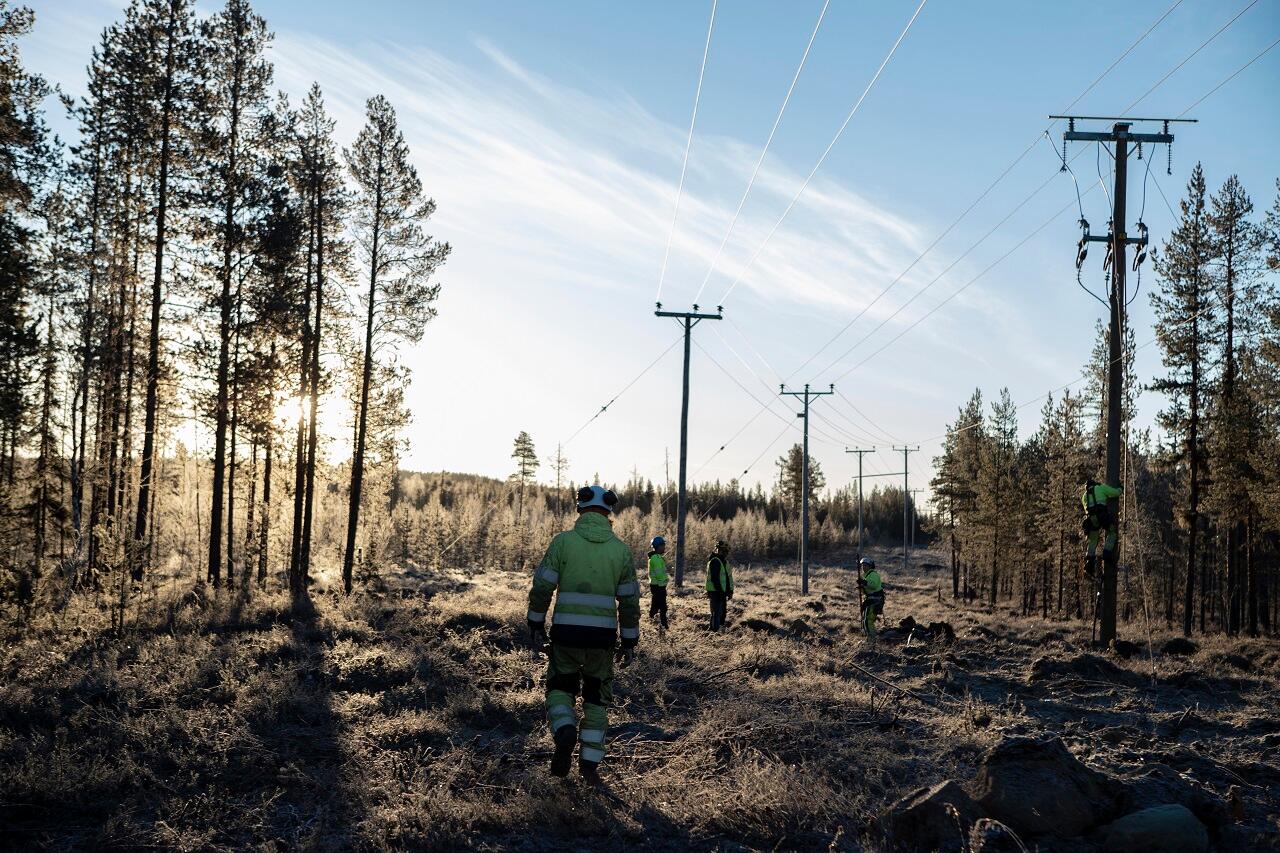
20 years ago - a look back at politics, society and energy
We have been writing newsletters for our customers for many years. We have therefore rummaged through our archives and would like to regularly offer you exciting and amusing reviews of the energy industry and Germany 20 years ago.
December 2025
A look back shows how rapidly the energy sector has changed in two decades. Let's take a look at the development together - and at what moved the energy industry in 2005.
- Chancellor Gerhard Schröder lost the vote of confidence in September 2005, triggering new elections that led to a grand coalition between the CDU and SPD.
- Angela Merkel became the first female head of government in Germany.
- After the death of Pope John Paul II, we became Pope with Joseph Ratzinger (at least according to the Bild newspaper).
- The reconstruction of Dresden's Frauenkirche was completed after its destruction in the Second World War.
- The avian flu virus H5N1 reached Europe and Germany imposed a compulsory caging of poultry.
2005 was also a decisive year in the energy industry – with figures that seem almost unimaginable today.
December 2005:
- At the beginning of December 2005, wholesale electricity prices on the EEX reached new record highs at just under EUR 50/MWh for the 2006 base year. This was remarkable in that prices had risen by approximately 50 per cent within a year. Today, the front year base 2026 is trading at around EUR 87/MWh.
- The price of CO2 certificates (EUA) for the 2006 calendar year was EUR 20.25/tonne on 1 December – and on 1 December this year, they were trading at EUR 85.44/tonne.
- The German Weather Service forecast a maximum wind feed-in of 5,800 MW during the night of 3 December 2005.
- ‘It is not the mountain we conquer – we conquer ourselves.’ (Edmund Hillary): The Kyoto Protocol was adopted in 1997 by the third Conference of the Parties (COP). It came into force in 2005 and is the world's first internationally binding treaty to combat climate change: it obliges the participating countries to reduce their emissions of climate-damaging gases.
- In a strategy paper published by the Federation of German Industries (BDI) in early December 2005, the majority of BDI members called for a departure from the Kyoto Protocol and any German or European pioneering role in climate protection – fortunately without success!
- ‘Don't put off until tomorrow what can just as well be put off until the day after tomorrow.’ (Mark Twain): The European Emissions Trading Scheme (EU ETS 1) was introduced in 2005 and remains the central European climate protection instrument to this day. On 6 December 2005, the environment ministers of the 25 EU countries agreed to include aviation in emissions trading – but this was not implemented until early 2012.
<a class="button">Download German newsletter from December 2005</a>
September 2005:
- At the end of September 2005, the base price for the 2006 calendar year was approximately 44.50 euros/MWh. On 12 September 2025, the closing prices for Base Cal 2026 were 86.45 euros/MWh.
- In the third quarter of 2005, the average price for gas imports was €16.10/MWh. The average gas price for consumers was around €52/MWh, which was considered significantly too high at the time and resulted in numerous lawsuits against utility companies. According to the BDEW's gas price analysis, the average price in July 2025 was 122.40 euros/MWh (BDEW gas price analysis – development & influencing factors | BDEW).
- In 2005, annual electricity production from hard coal and lignite together amounted to just over 288 TWh, which corresponded to a share of gross electricity generation of a good 46 per cent (additional information » AG Energiebilanzen e. V.). In the first half of 2025, production volumes from conventionally operated power plants fell to just over 21 per cent or 54.5 TWh.
- The Energy Saving Act (EnEG) 2005 implements the European Directive on the energy performance of buildings in Germany. New features include the distribution of operating costs and energy performance certificates for existing buildings.
<a class="button">Download German newsletter from September 2005</a>
May 2005:
- The base price for the 2006 calendar year was around €40/MWh in May and June 2005, with fluctuations of +/- €2/MWh. In May 2025, the closing prices for Base Cal 2026 averaged around €87/MWh, with a fluctuation range of +/- €3/MWh.
- EUAs cost approximately €22/t in May 2005 and approximately €72/t in May 2025.
- The availability of German nuclear power plants was 100% in May 2005, at 21,255 MW. Today, German nuclear power plants account for 0% of the electricity mix!
<a class="button">Download German newsletter from May 2005</a>
March 2005:
- The base price for the following year was quoted at around EUR 35/MWh in mid-March 2005, while the CO2 price for the following year was around EUR 11.80/tonne.
- The installed PV capacity was just over 2,000 MWp - at the end of 2024, the total installed PV capacity was 99,300 MWp.
- Installed wind capacity (only onshore, offshore did not yet exist!) was just over 18,250 MW - at the end of 2024, installed wind capacity totalled 63,500 MW onshore and 9,200 MW offshore.
- The share of renewable energies in gross electricity consumption was 10.3 per cent in 2005.
Want to know more? We have selected a 20-year-old newsletter for you and hope you enjoy diving back into the past.
<a class="button">Download German newsletter from March 2005</a>